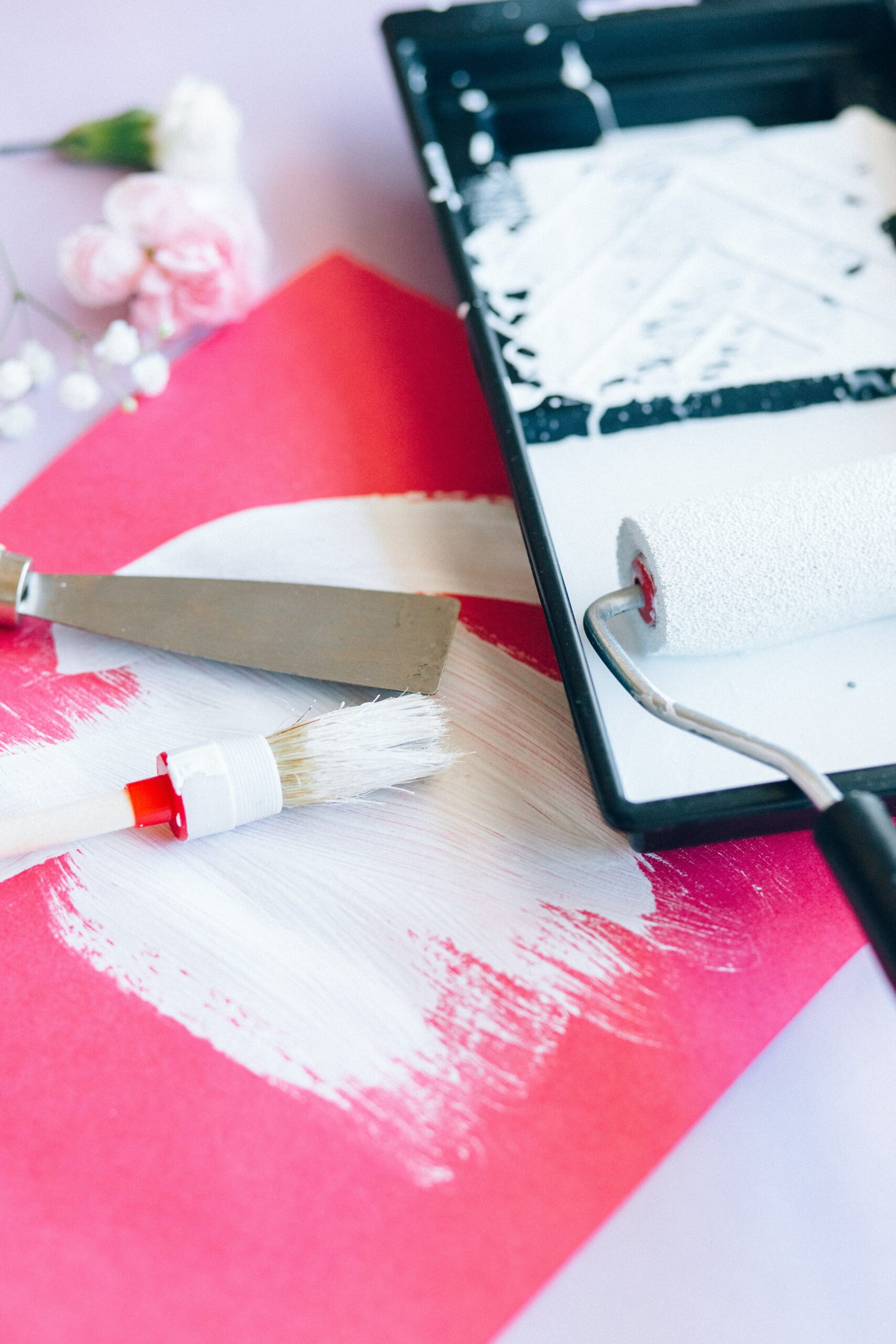Hey there, it’s Joe again. I’ve been a DIY enthusiast for as long as I can remember, and one thing I’ve learned is that painting can be a real pain in the butt.
But, there’s nothing quite like the feeling of accomplishment you get when you finish a fresh coat of paint and step back to admire your handiwork.
One question that always seems to come up when painting is: should ceiling paint be flat or eggshell? It’s a question that has stumped DIYers for centuries, causing endless debates and arguments among painting enthusiasts.
Well, fear not my fellow DIYers! I’m here to put an end to the great ceiling paint debate once and for all. In this article, we’ll take a look at the pros and cons of both flat and eggshell paint finishes and help you decide which is the best choice for your project.
Table of Contents
What is Flat Paint?
Flat paint, also known as matte paint, is a paint finish with a non-reflective, matte appearance. It’s called “flat” because it doesn’t have any sheen or shine to it.
Flat paint is good at hiding imperfections and is often used on ceilings and walls with a rough texture.
One of the main benefits of flat paint is that it’s good at hiding imperfections. It’s also easy to touch up because it doesn’t show brush or roller marks as easily as other finishes.
However, flat paint is not as durable as other finishes and may not be as easy to clean. It’s also not as resistant to fading and may yellow over time.
What is Eggshell Paint?
Eggshell paint, as the name suggests, has a finish that is similar to the surface of an eggshell. It has a slightly higher sheen than flat paint, but it’s still not as shiny as other finishes like semi-gloss or high-gloss.
Eggshell paint is a good choice for surfaces that get a moderate amount of wear and tear and need to be easy to clean.
Eggshell paint is more durable and easier to clean than flat paint, but it may not hide imperfections as well.
It’s also more resistant to fading and yellowing than flat paint, but it may show brush and roller marks more easily.
Pros and Cons of Flat and Eggshell Paint
So, what are the pros and cons of flat and eggshell paint? Let’s take a look:
Flat Paint
Pros
- Good at hiding imperfections
- Easy to touch up
Cons
- Not as durable
- Not as easy to clean
- May yellow over time
Eggshell Paint
Pros
- More durable
- Easier to clean
- Less prone to fading and yellowing
Cons
- May not hide imperfections as well
- Shows brush and roller marks more easily
FAQ
Can I Use Flat Paint on My Walls?
Yes, you can use flat paint on your walls if you prefer the matte, non-reflective finish. Keep in mind, however, that flat paint is not as durable as other finishes and may not be as easy to clean.
It’s also not as resistant to fading and may yellow over time. If you have walls that get a lot of wear and tear or if you have kids or pets, you may want to consider using a paint with a higher sheen for better durability and easier cleaning.
Can I Use Eggshell Paint on My Ceiling?
Yes, you can use eggshell paint on your ceiling if you prefer the slightly higher sheen and better durability of this finish.
Keep in mind, however, that eggshell paint may not hide imperfections as well as flat paint and may show brush and roller marks more easily. If you have a rough, uneven ceiling or if you want to hide imperfections, you may want to consider using flat paint instead.
Conclusion: To Flat or Eggshell, That is the Question
In the end, the decision of whether to use flat or eggshell paint on your ceiling comes down to your personal preference and the specific needs of your project.
If you want a matte, non-reflective finish that’s good at hiding imperfections, flat paint may be the way to go. However, if you want a slightly higher sheen and better durability, eggshell paint may be the better choice.
Regardless of which finish you choose, be sure to use a good quality paint and follow the manufacturer’s recommendations for application. And, as always, happy painting!
